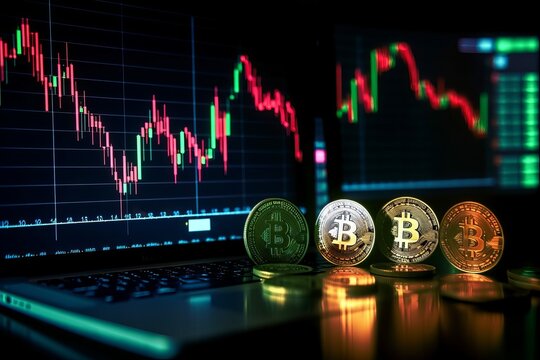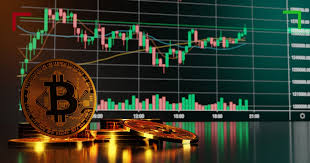
As the world of finance evolves, the incorporation of technology into trading strategies has become increasingly prevalent. Trading Automation Crypto is one of the most exciting developments, allowing traders to execute buy and sell orders based on predetermined criteria without manual intervention. This not only increases efficiency but can also lead to improved profitability when done correctly. To dive deeper into this subject, Trading Automation Crypto visit website and explore various perspectives on automation in trading.
The Rise of Trading Automation in Crypto
The cryptocurrency market is known for its volatility and rapid price movements. News, regulatory changes, and technological advancements can affect prices almost instantaneously. For traders seeking to capitalize on these fluctuations, automation provides a way to react faster than humanly possible. The integration of algorithms and automated systems into trading strategies has transformed how individuals approach trading in this highly dynamic environment.
Understanding Trading Automation
Trading automation refers to the use of technology, particularly software programs known as trading bots, to execute trades on behalf of the trader. These bots analyze market conditions and execute trades based on predefined criteria, freeing traders from the need to monitor the market constantly. This is especially beneficial in the crypto space, where prices can change dramatically in a matter of minutes.
How Does Trading Automation Work?
At its core, trading automation involves algorithms that analyze data and execute trades. Traders program these algorithms with specific trading parameters, including price targets, stop-loss levels, and indicators. The automated trading system monitors the market 24/7, executing trades based on the rules set by the trader.
The most popular types of trading algorithms include:
- Market-Making Bots: These bots provide liquidity to the market by placing buy and sell orders.
- Arbitrage Bots: They exploit price discrepancies across different exchanges, buying low on one platform and selling high on another.
- Trend-Following Bots: These bots buy assets when their prices are rising and sell when prices decline, capitalizing on trends.
Benefits of Trading Automation

There are several key advantages to using automated trading systems in the cryptocurrency market:
- Speed and Efficiency: Automated systems can execute trades in milliseconds, ensuring that traders can capitalize on price fluctuations faster than manual trading allows.
- Emotionless Trading: Automated trading eliminates the emotional component of trading. Fear and greed can lead to poor decision-making, but algorithms strictly follow programmed criteria.
- Backtesting Capabilities: Traders can test their strategies against historical data to see how they would have performed, allowing for optimization before live trading.
- 24/7 Market Monitoring: Crypto markets operate around the clock, making it challenging for traders to watch them continuously. Automation enables trades to be executed anytime, regardless of the trader’s presence.
Risks Associated with Trading Automation
While trading automation offers numerous benefits, it is not without its risks. Traders should be aware of the following:
- Technical Failures: Automated systems depend on technology, which means they can be affected by bugs, server outages, or connectivity issues.
- Market Changes: Algorithms based on historical data may not perform well if market conditions change unexpectedly.
- Over-Optimization: Traders may fall into the trap of optimizing their algorithms for past data instead of real-time trading, which can lead to poor performance in live markets.
Future Trends in Trading Automation Crypto
The future of trading automation in the crypto space looks promising. As technology continues to innovate, we can expect to see more advanced algorithms that leverage artificial intelligence and machine learning. These developments could lead to:
- Adaptive Learning: Future trading bots may use AI to adapt to market changes in real-time, improving their decision-making capabilities.
- Increased Accessibility: As automated trading becomes more mainstream, we may see tools designed for novice traders, providing easier entry into the market.
- Greater Regulatory Oversight: As automation gains popularity, regulatory bodies may introduce guidelines focusing on transparency and fair trading practices.
Conclusion
Trading Automation Crypto represents a significant shift in how traders engage with the cryptocurrency markets. The advantages of speed, efficiency, and emotional detachment make automation an enticing option for many. However, traders should remain vigilant about the potential risks and continuously refine their strategies based on market conditions. As technology evolves, the landscape of trading automation will likely continue to change, opening new opportunities for both seasoned traders and newcomers alike. Investing the time to understand these systems can make all the difference in achieving long-term success.


